When it comes to creating an inviting and harmonious interior space, choosing the right color is one of the main components. Colors have the power to influence our moods, emotions and even our perception of a room’s size and shape. Whether you’re redesigning your living room, your bedroom or the office space, understanding color psychology and its impact on the ambiance can help you make informed decisions that result in a visually appealing and comfortable space. Here are essential tips by top interior designers in Lahore that will guide you in choosing the perfect colors for your interior space.
Understand the Room’s Purpose
Consider the room’s purpose and the mood you want to create. For instance, neutral tones work well in bedrooms, while vibrant colors may suit a living room or creative space. In bedrooms, opt for tranquil and calm colors to promote relaxation, such as soft blues, greens or shades of lavender. For office space interior choose colors that enhance focus and concentration, such as muted blues or greens that can boost productivity. You can opt for warm and inviting colors like rich reds and earthy browns or warm neutrals in the dining areas for creating an appealing atmosphere for social gatherings and meals.
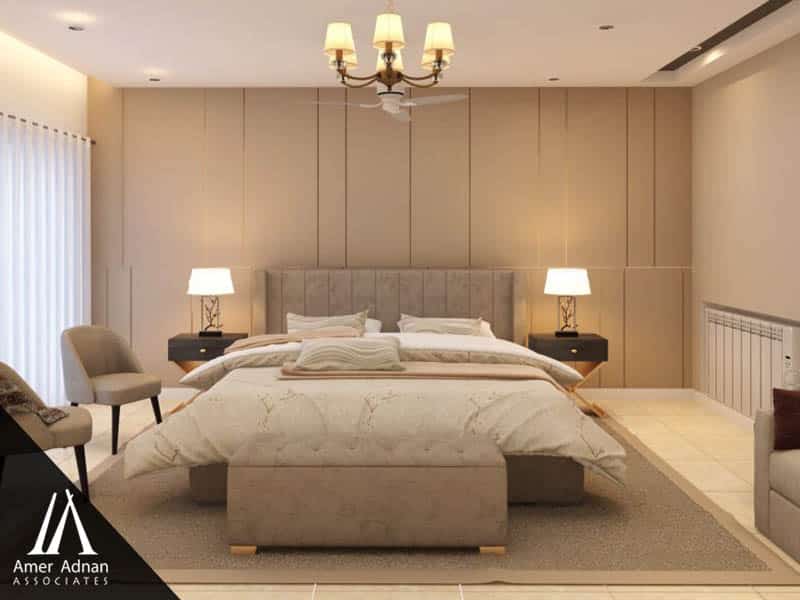
Consider Natural Light
Assess the amount and direction of central light in the room. Lighting greatly impacts how colors appear in an interior space. Lighter shades can help amplify natural light, making a space feel more open and airy, while darker colors can create a cozy and intimate ambiance. For rooms with ample natural light, lighter colors tend to work well as they reflect right and create an airy feel. For dimly lit rooms, consider using warmer, brighter shades to add warmth and make the space appear cozier.
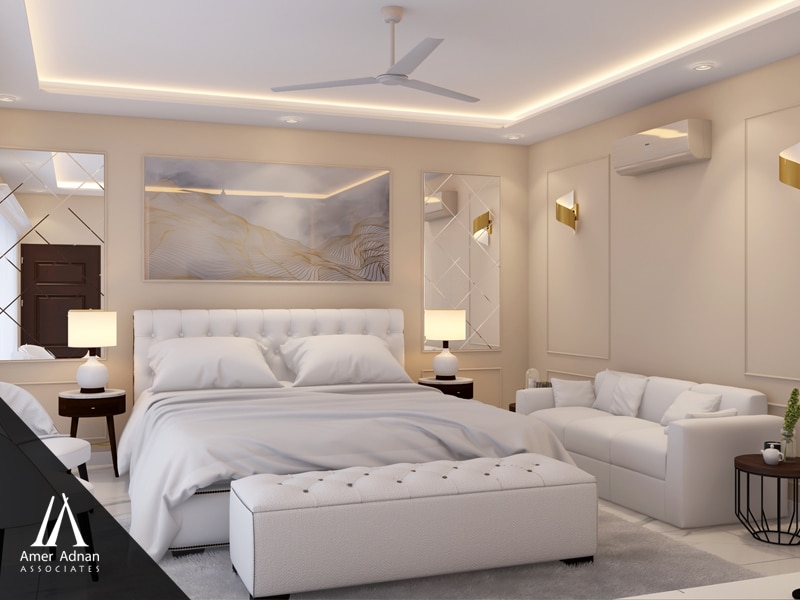
Create a Color Scheme
Choose a color scheme that complements your desired mood. You can opt for monochromatic schemes by choosing different shades of the same color for a harmonious cohesive look. For complementary color schemes, pair colors opposite to each other on the color wheel to create a striking visual impact. For analogous schemes, select colors that are adjacent on the color wheel for a more subdued and harmonious combination. Achieve visual harmony by considering color balance and contrast within a room.
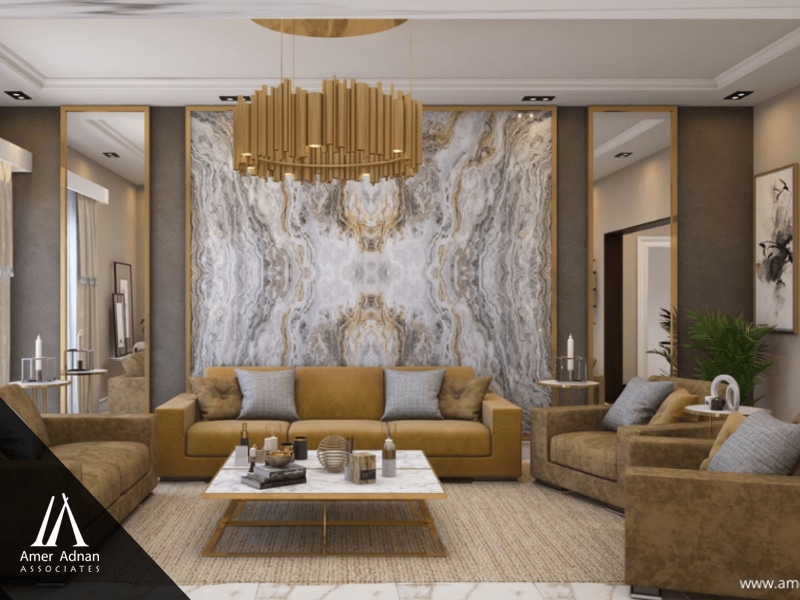
Take Cues from Existing Elements
Consider the colors of your furniture, flooring and architectural features. Choose colors that harmonize with these elements, creating a cohesive and balanced look. Identify the colors of your furniture, flooring and architectural features that have significant visual impact on the interior space. These elements will serve as the foundation of your color scheme. Decide if you want to harmonize or create a contrasting effect with the existing colors. Pay attention to the undertones of your existing elements. For example, if your furniture has warm undertones, you may want to choose colors that have a similar warmth to create a cohesive look. Similarly, if your flooring has cool undertones, consider colors that complement those cool tones. Ensure that the color scheme distributes the various colors throughout the space in a balanced way. If you have a bold or vibrant color as a dominant element, you may want to balance it with more neutral or subdued colors in other areas to avoid overwhelming the interior space. Consider using color accents to tie the colors of your furniture, flooring, and architectural features together. Introduce smaller elements like throw pillows, artwork, or accessories that incorporate colors from the existing elements and help create a cohesive look.
Use Color Psychology
Color psychology plays an important role ininterior design, as colors have the ability to evoke emotions, influence moods and create specific atmospheres within a space. For example, blue can promote relaxation and a sense of peacefulness, making it suitable for bedrooms or areas where you want to create a soothing environment. Red is known for its energetic and stimulating qualities, it is often used in spaces where you want to create a sense of urgency or passion, such as dining areas or entertainment rooms. Yellow is associated with happiness, optimism and energy, it can create a soothing environment and work well in interior spaces where you want to enhance creativity and focus. Green can promote a sense of balance and harmony, making it suitable for bedrooms, living rooms or spaces where relaxation is desired. Purple works well in areas where you want to inspire creativity or establish a sense of luxury and sophistication. Orange can be used in spaces where you want to encourage social interaction and enthusiasm, such as dining areas or gathering spaces.
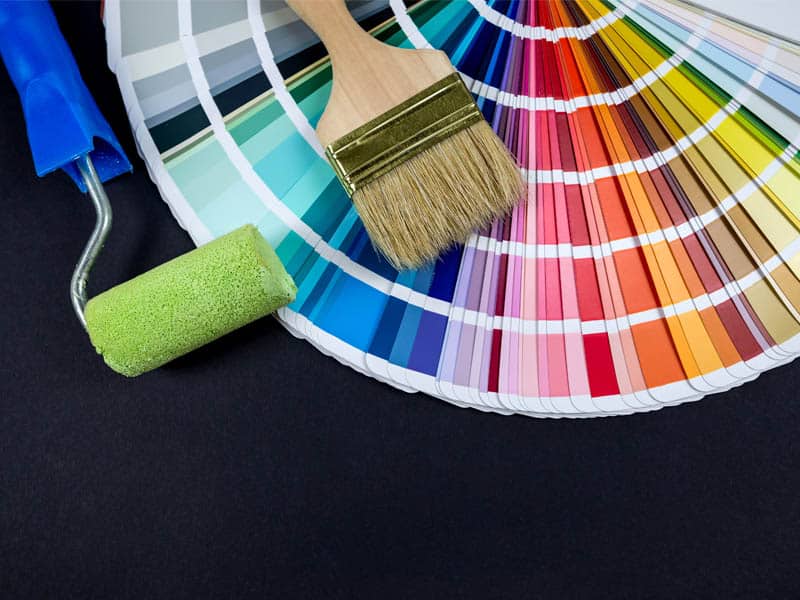
Sample and Test
Before committing to a color, get paint samples or swatches and test them on your walls. Observe how they look during different times of the day and under different lighting conditions. It’s a good idea to test paint or fabric samples against your furniture, flooring, and architectural features. This allows you to see how the colors interact and whether they create the desired visual impact in the interior space.
Personal Taste and Trends
Remember, personal preference plays a significant role in color selection. Trust your instincts and choose colors that resonate with you and reflect your personal style and taste. Explore different color palettes, gather inspiration from interior design magazines or online platforms, talk to expert interior designers in Pakistan and consider the existing furniture and decor in the interior space.
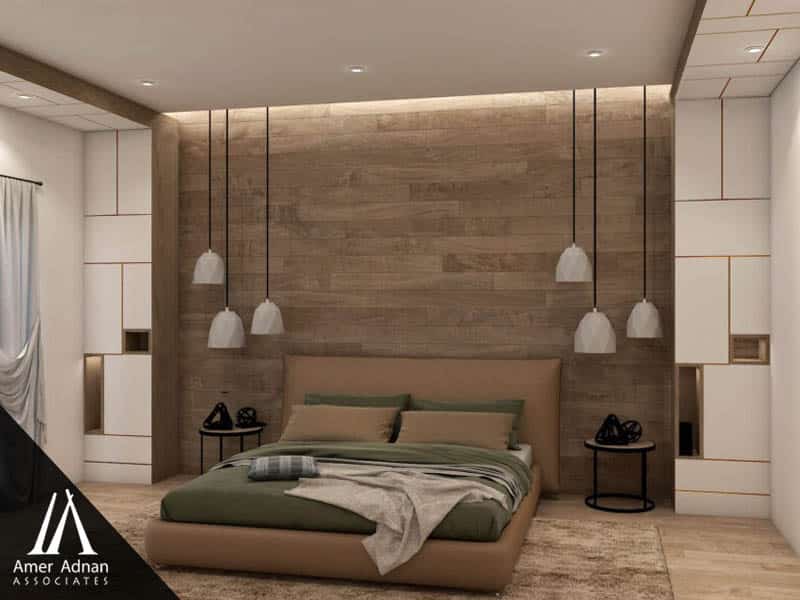
Choosing the right colors for your interior space is an exciting process that requires careful consideration of color psychology, room function, lighting, balance and personal preferences. By understanding how colors can influence the ambiance, mood and perception of a room, you can create a visually stunning and harmonious interior space that reflects your unique style. Remember, the power of colors lie in their ability to transform a room and make it truly feel like a home. It is crucial to keep in mind the longevity of the chosen color scheme. While trends come and go, selecting timeless palettes ensures that your space will remain appealing for years to come. A well-planned color scheme can adapt to changing styles through subtle updates in accessories and accents.